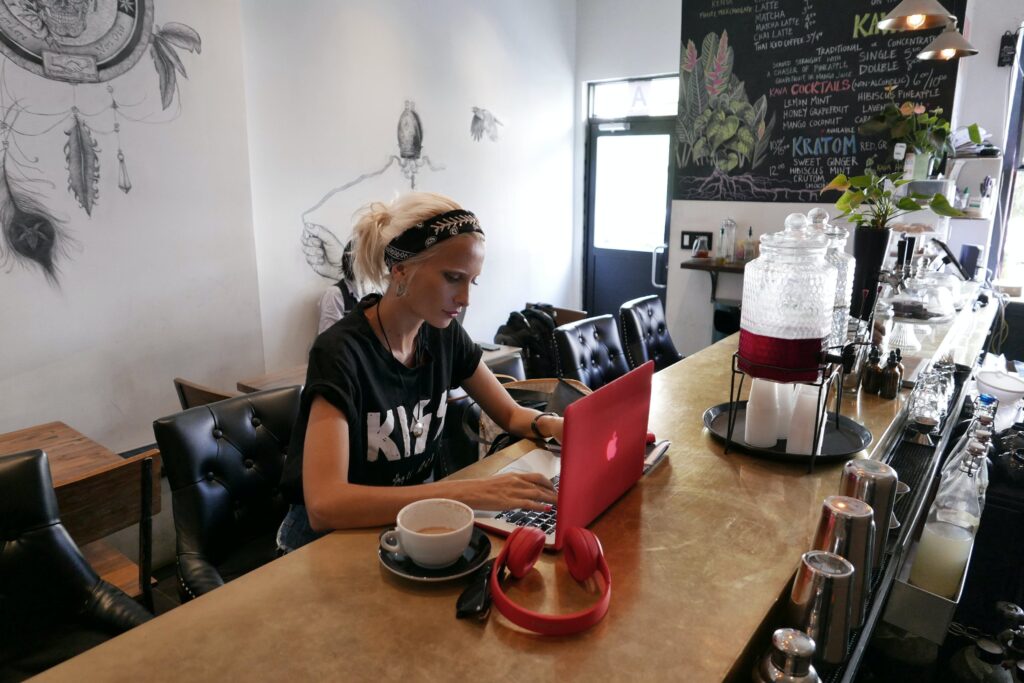In a world increasingly dominated by technology and digital experiences, the battle for authenticity has never been more relevant. As we navigate the intricacies of the digital age, the question arises: Can artificial creations ever truly replicate the authenticity found in the natural world? This topic delves into the fascinating debate between the digital and the natural, exploring how our quest for authenticity is shaping our perceptions and interactions in the modern era.
The Allure of Authenticity
Authenticity has always held a special place in the human heart. It is a quality we instinctively seek in the people, objects, and experiences that make up our lives. From artisanal foods to handcrafted goods, we gravitate toward the unique and the real. In an age where much of our existence unfolds in the digital realm, the longing for authenticity remains a driving force behind our choices and behaviors.
The Rise of Artificial Creations
The digital age has ushered in an era where artificial creations are becoming increasingly sophisticated. From lifelike computer-generated imagery (CGI) in movies to virtual reality simulations, technology has given birth to a world of digital wonders. These creations often blur the line between the artificial and the natural, prompting us to question what is real and what is not.
The Duality of Digital Art
One fascinating aspect of the battle for authenticity in the digital age lies in the realm of digital art. Artists now have tools at their disposal that enable them to craft stunningly realistic digital paintings and sculptures. These creations can be indistinguishable from their physical counterparts, leading to a redefinition of what constitutes authentic art.
While some argue that digital art lacks the tactile qualities of traditional mediums, proponents of the digital form contend that it offers new dimensions of creativity and accessibility. Digital art can be shared instantly with a global audience and can be easily reproduced without loss of quality. The authenticity of digital art, then, may lie in its ability to transcend the limitations of the physical world.
Virtual Reality and Authentic Experiences
Virtual reality (VR) has revolutionized the way we experience the world around us. With VR, we can step into entirely artificial environments that replicate real-world settings with astonishing accuracy. The authenticity of these experiences is a subject of debate. Can an artificial world ever truly replicate the authenticity of the natural world?
VR experiences can be incredibly immersive, allowing us to explore places we might never have the opportunity to visit in reality. Whether it’s hiking through a digital rainforest or touring a virtual art gallery, these experiences offer a glimpse into the potential for authenticity in the digital realm.
The Impact on Human Connection
One of the most significant implications of the battle for authenticity in the digital age is its impact on human connection. Social media platforms, for example, provide a space where individuals can curate their online personas, presenting carefully crafted versions of themselves to the world. This raises questions about the authenticity of these digital interactions and the erosion of genuine human connection.
On the other hand, technology has also enabled us to connect with people from diverse backgrounds and cultures, fostering authentic relationships that might not have been possible otherwise. The digital age has brought us closer together in many ways, while also challenging our notions of authenticity in human interactions.
Striking a Balance
In the end, the battle for authenticity in the digital age is not about pitting the artificial against the natural. It’s about finding a balance between the two. Technology has the potential to enhance our lives, offering us new ways to express ourselves and connect with others. However, it’s crucial to remain grounded in the authenticity of the natural world and the genuine human experiences it offers.
As we navigate this digital frontier, we must remember that authenticity is not an all-or-nothing concept. It’s a spectrum, and our ability to discern authenticity from artifice will continue to evolve. In the digital age, our quest for authenticity challenges us to embrace both the natural and the artificial, recognizing that each has its place in our ever-evolving world.
In conclusion, the battle for authenticity in the digital age is a thought-provoking journey that forces us to reevaluate our perceptions of what is real and what is not. As we continue to explore the boundaries of technology and creativity, let us never lose sight of the authenticity that makes us human, while also appreciating the incredible potential that artificial creations bring to our lives.








